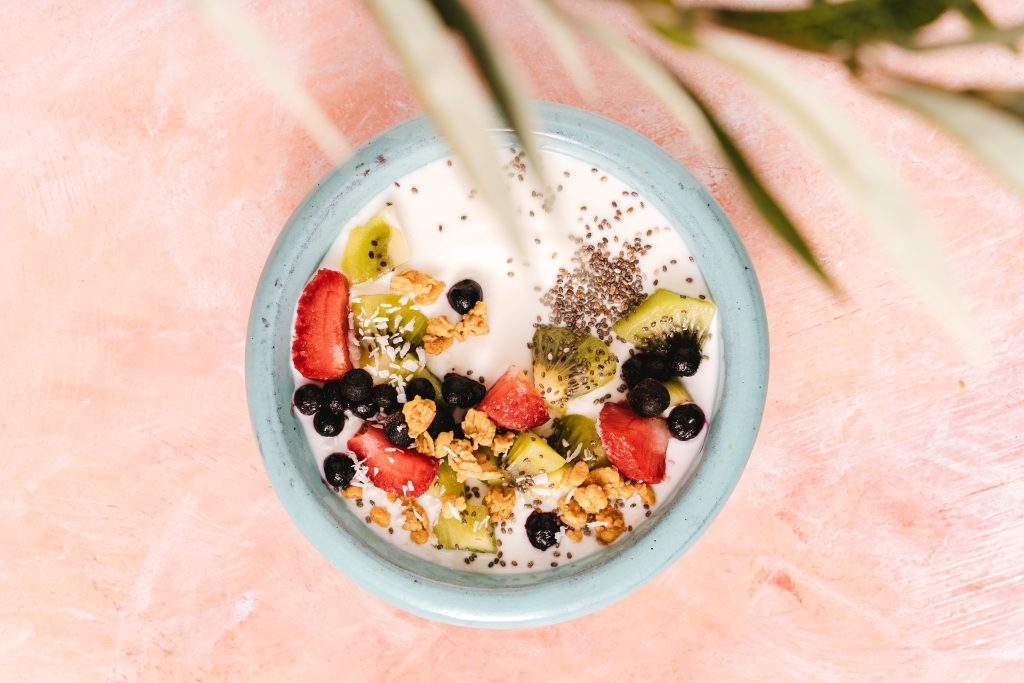The GAPS diet is an eating plan based on the belief that neurological diseases such as autism and depression are closely related to the functioning of the gut and the digestive system. Is the GAPS diet a restrictive way of eating? What are its most important principles? You will find the answers in this post.
What is the GAPS diet?
The GAPS diet, which stands for “gut and psychology syndrome”, is similar to the SCD diet (specific carbohydrate diet) because the principles are based on the SCD diet. Low-fiber nutrition plan – GAPS is a diet full of exclusions, so it should be used only in justified situations and under the supervision of specialist doctors.
The program was created by Natasha Campbell-McBride, who proves that the statement “the gut is the second brain” is accurate. Dr. Campbell-McBride believes that there is a link between gastrointestinal problems and brain problems. In 2004 she published a book “Psychological-gut syndrome – natural methods of treating autism, ADHD, dyslexia, dyspraxia, depression and schizophrenia”, in which she writes about the beneficial effects of her diet on the restoration of the proper functioning of the digestive system, brain and general improvement of health.
Who should follow the GAPS diet?
It is believed that the principles of the GAPS diet should be followed by people who have mental and neurological disorders. Some people use this diet as an alternative therapy or support in treatment. Unfortunately, using the GAPS diet does not guarantee results – it is a very individual matter whether it will help people with mental disorders or not.
What are the main objectives of the GAPS diet?
The basis of the diet are fermented products, pickled vegetables and homemade broth — meat stock. The main principle is the elimination of complex carbohydrates, and the selection of products that can rebuild the bacterial microflora of the intestines. Processed products should be avoided. Everything that is supplied to the body should be subjected to as little heat treatment as possible.
At the same time as a proper diet, supplementation is recommended – of course, under the supervision of a professional dietician and doctor – probiotics, digestive enzymes and cod liver oil are discussed.
When following the GAPS diet, don’t forget about physical activity, which should always go hand in hand with a change in eating habits.
Etapy diety GAPS
The GAPS diet consists of several stages that you need to go through. A diet can last several years or even a lifetime, depending on how a person reacts to it.
Due to the introduction of new eating habits, as many as six stages have been prepared, during which the body gradually gets used to the new way of eating.
The author of the GAPS diet distinguishes six stages. See what foods this diet focuses on in specific phases:
Stage I – introducing a diet and cleansing the body of toxins – freshly squeezed fruit and vegetable juices and broth,
Stage II – sources of good bacterial flora – juices from pickled vegetables,
Stage III – bio eggs, fatty acids,
Stage IV – roasted (not only boiled) meat,
Stage V – raw vegetables,
Stage VI – raw fruit.
If there are no unpleasant consequences on the digestive system during the use of all six stages of the GAPS diet, you move on to the stage of the full GAPS diet.
The end of the diet involves a slow return to the consumption of products from before the diet. It’s not recommended to go back to bad habits once again — and especially to re-consume ultra-processed foods!
Products used in the GAPS diet
The GAPS diet primarily consumes broth prepared on the basis of fresh vegetables and high-quality meat from a proven source. In addition, you can eat:
- non-predatory fish,
- bio eggs from proven organic farming,
- seafood – especially crustaceans,
- fresh vegetables and fruits,
- fermented food – pickled vegetables (e.g. cabbage, cucumbers, beets), which are rich in probiotic bacteria with an alkalizing effect (it is best to combine them with meat, fish and other protein products),
- nuts, seeds,
- fats of animal origin, as well as coconut oil – vegetable oils (for example, olive oil) are recommended to be served cold.
Recently, cereals have also been introduced into the diet.
Can the GAPS diet be harmful?
The GAPS diet or the specific carbohydrate diet is a very restrictive diet plan, so it should be used in contact with a doctor. Many foods are required to be eliminated. In addition, it does not provide as much dietary fiber and vitamin B as it should. Each person may react to this way in a completely different way, while the diet has poor ratings due to the lack of evidence that could guarantee its effectiveness.
GAPS Diet Sample Menu
The advantage of the menu used during this diet is that you will unlearn bad eating habits.
Below you can see a sample menu of the GAPS diet:
breakfast: scrambled eggs with olive oil and tomatoes,
II breakfast: beetroot vegetable juice,
dinner: broth, meat with vegetables,
afternoon tea: pancakes with fruit topped with honey,
Dinner: Vegetable cream on broth.
Healthy diet with dietary catering
Remember that health is the most important thing, so before starting any diet, consult it with a dietitian and a doctor. Before you start treating your illnesses with the GAPS diet, test our suggestions for healthy box diets! We offer different types of diets, so you can easily find one that meets your requirements.
